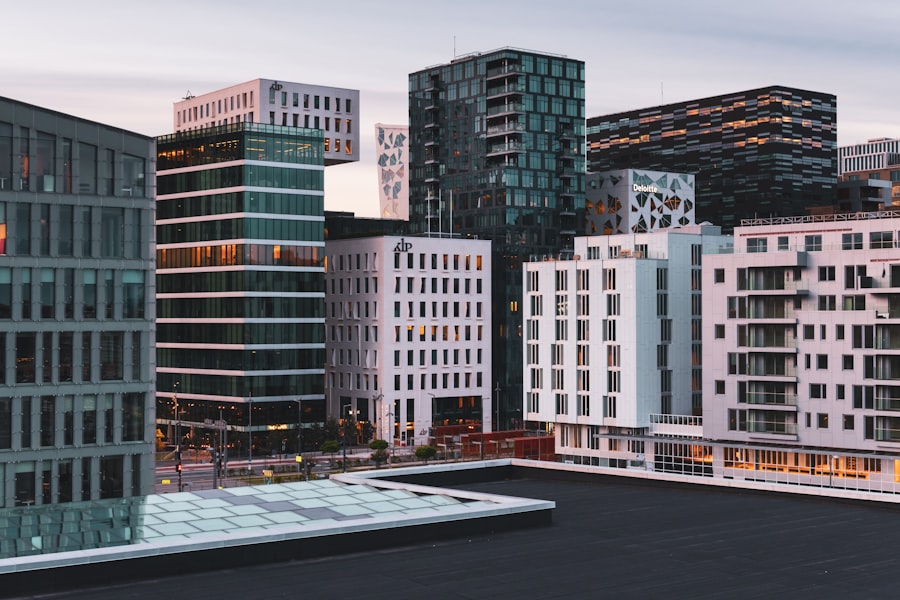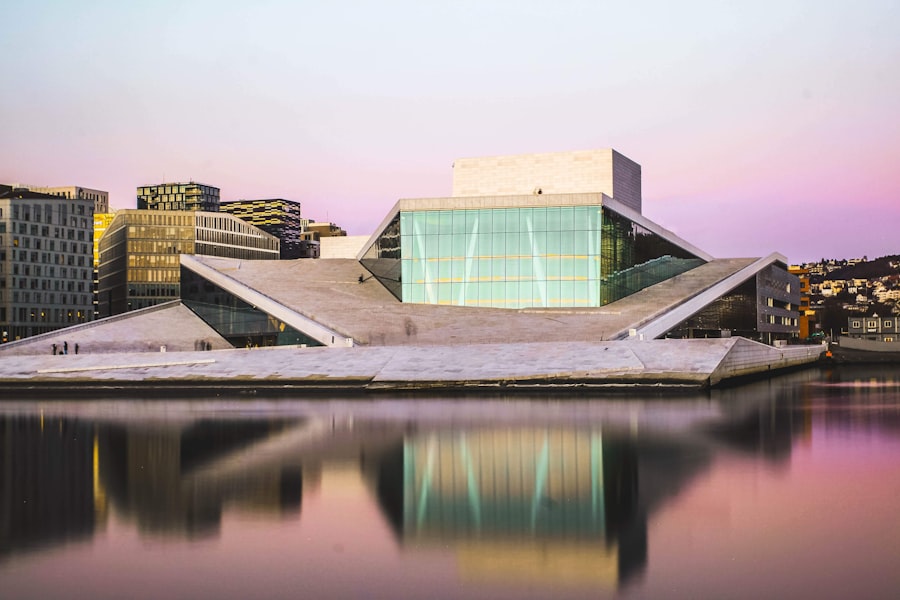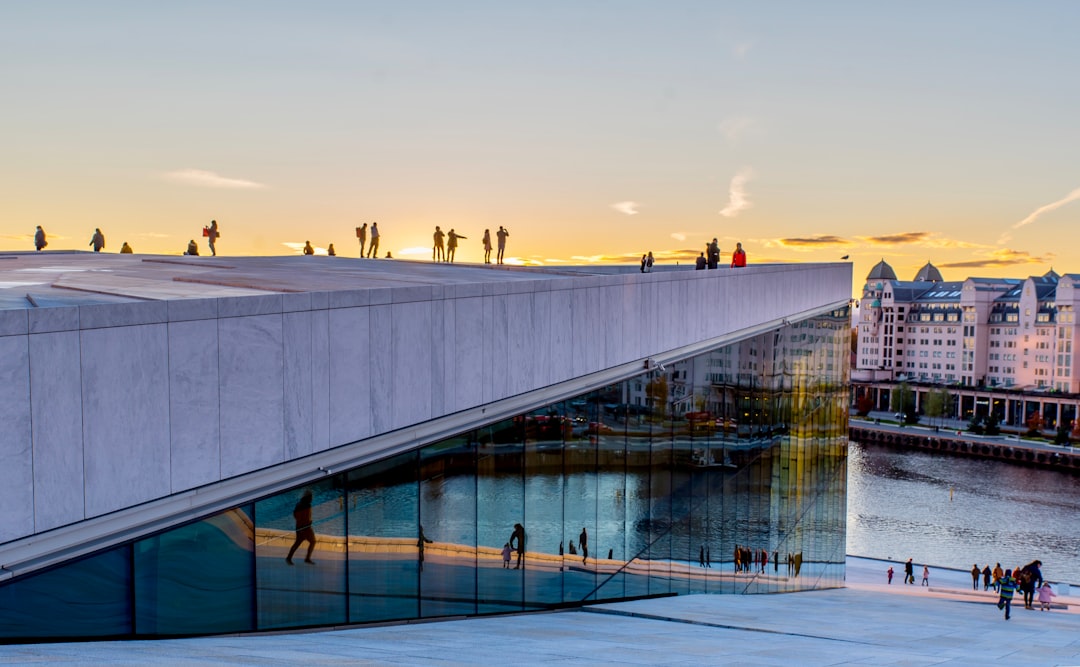Trøndersk culture, rooted in the heart of Norway, is a vibrant tapestry woven from the threads of history, language, and tradition. This unique cultural identity is primarily associated with the Trøndelag region, which encompasses the cities of Trondheim and surrounding areas. The people of Trøndelag, known as Trøndere, take immense pride in their heritage, which is characterised by a strong sense of community, a deep connection to nature, and a rich array of customs that have been passed down through generations.
As one delves into the essence of Trøndersk culture, it becomes evident that it is not merely a collection of practices but a living expression of the region’s history and its people’s resilience. The allure of Trøndersk culture lies in its authenticity and the warmth of its people. From the picturesque landscapes that cradle the region to the lively festivals that celebrate its traditions, Trøndelag offers a glimpse into a way of life that harmoniously blends the old with the new.
As we explore the various facets of this culture, we will uncover the historical roots, linguistic nuances, culinary delights, and artistic expressions that define the Trøndersk identity. Each element contributes to a rich cultural narrative that continues to evolve while remaining deeply anchored in its past. Schedule a one-on-one consultation with our relocation specialists to simplify your move to Norway. https://norwayrelocation.no/one-hour-strategy-session/
Summary
- Trøndersk culture is deeply rooted in history and traditions, with a strong emphasis on community and heritage.
- The language of Trøndersk is a distinct dialect with its own unique characteristics and expressions, reflecting the region’s cultural identity.
- Trøndersk cuisine is known for its use of locally sourced ingredients and traditional dishes such as raspeballer and flatbrød.
- The Trondheim region hosts a variety of festivals and celebrations throughout the year, showcasing the rich cultural heritage and traditions of the area.
- Trøndersk culture is also rich in folklore and mythology, with stories and legends passed down through generations, shaping the identity of the region.
History and Traditions of Trøndersk Culture
The history of Trøndersk culture is a fascinating journey through time, marked by significant events and influences that have shaped the region. Trøndelag has been inhabited since the Stone Age, with archaeological findings revealing evidence of early settlements. The Vikings played a crucial role in the development of this area, establishing trade routes and settlements that would lay the groundwork for future generations.
The legacy of these early inhabitants can still be felt today, as many traditions and customs have their roots in this ancient past. As Norway transitioned through various historical epochs, including the Middle Ages and the union with Denmark, Trøndersk culture adapted and evolved. The region became a centre for agriculture and trade, fostering a sense of community among its inhabitants.
Traditional practices such as farming, fishing, and craftsmanship became integral to daily life, with each generation passing down knowledge and skills. Festivals celebrating seasonal changes and agricultural milestones became commonplace, reinforcing communal bonds and preserving cultural heritage. Today, these traditions continue to thrive, with many locals actively participating in events that honour their ancestors’ way of life.
The Language of Trøndersk

Language is a vital component of any culture, and in Trøndelag, the local dialect known as Trøndersk holds a special place in the hearts of its speakers. This dialect is distinct from standard Norwegian and is characterised by its unique pronunciation, vocabulary, and grammatical structures. The richness of Trøndersk reflects the region’s history and geographical diversity, with variations found across different towns and villages.
For many Trøndere, speaking their dialect is a source of pride and identity, serving as a reminder of their roots. The preservation of the Trøndersk dialect is essential for maintaining cultural continuity. Efforts to promote local language education in schools and community initiatives have been instrumental in keeping this linguistic heritage alive.
Additionally, literature and music in Trøndersk contribute to its vibrancy, allowing younger generations to connect with their cultural roots while expressing themselves creatively. As language evolves, so too does the dialect, adapting to modern influences while retaining its distinctive character.
Food and Cuisine in Trøndersk Culture
Trøndersk cuisine is a delightful reflection of the region’s natural resources and agricultural practices. The culinary traditions are deeply intertwined with the land, showcasing locally sourced ingredients that highlight the flavours of Trøndelag. Traditional dishes often feature hearty staples such as potatoes, fish, and game meat, prepared using time-honoured methods that have been passed down through generations.
The emphasis on seasonal produce ensures that meals are not only delicious but also sustainable. One cannot discuss Trøndersk cuisine without mentioning iconic dishes such as “klippfisk,” dried and salted cod that has been a staple for centuries. Another beloved dish is “rakfisk,” fermented fish that exemplifies the region’s unique approach to food preservation.
These traditional recipes are often enjoyed during festive occasions and family gatherings, reinforcing communal ties through shared meals. As modern culinary trends emerge, many chefs in Trondheim are reinterpreting these classic dishes, blending traditional flavours with contemporary techniques to create an exciting gastronomic scene.
Festivals and Celebrations in the Trondheim Region
The Trondheim region is renowned for its vibrant festivals and celebrations that showcase the richness of Trøndersk culture. Throughout the year, locals come together to honour their heritage through various events that celebrate music, food, art, and community spirit. One of the most significant festivals is “St Olav Festival,” which commemorates Norway’s patron saint with a week-long celebration featuring concerts, parades, and cultural activities.
This event draws visitors from near and far, highlighting Trondheim’s historical significance as a religious centre. Another notable celebration is “Trondheim Jazz Festival,” which attracts jazz enthusiasts from across Norway and beyond. This festival not only showcases local talent but also invites international artists to perform, creating a dynamic atmosphere that fosters cultural exchange.
Additionally, seasonal festivals such as “Harvest Festival” celebrate the agricultural bounty of the region, allowing locals to showcase their produce while enjoying traditional music and dance. These events serve as vital platforms for preserving cultural traditions while fostering a sense of belonging within the community.
Folklore and Mythology of Trøndersk Culture

Folklore and mythology play an integral role in shaping Trøndersk culture, providing insight into the beliefs and values of its people. The region is steeped in tales of mythical creatures such as trolls and huldra—forest spirits that embody the natural world’s mysteries. These stories often serve as cautionary tales or moral lessons passed down through generations, reflecting the close relationship between humans and nature in Trøndelag.
The rich tapestry of folklore is celebrated through storytelling events and local theatre productions that bring these ancient tales to life. Many families continue to share these stories around campfires or during festive gatherings, ensuring that younger generations remain connected to their cultural heritage. The enduring nature of these myths speaks to their significance in shaping identity and fostering a sense of belonging within the community.
Arts and Crafts in Trøndersk Culture
The artistic expressions found within Trøndersk culture are as diverse as they are captivating. Traditional crafts such as wood carving, textile weaving, and pottery reflect the region’s rich artisanal heritage. Many artisans draw inspiration from nature and local folklore, creating pieces that embody both beauty and functionality.
These crafts are often showcased at local markets and galleries, allowing visitors to appreciate the skill and creativity inherent in Trøndersk artistry. In addition to traditional crafts, contemporary art has flourished in Trondheim, with numerous galleries and exhibitions highlighting local talent. Artists often explore themes related to identity, nature, and social issues through various mediums such as painting, sculpture, and photography.
This fusion of traditional and modern artistic expressions creates a dynamic cultural landscape that resonates with both locals and visitors alike.
Outdoor Activities and Recreation in the Trondheim Region
The stunning natural landscapes surrounding Trondheim offer an abundance of outdoor activities that are integral to Trøndersk culture. The region’s fjords, mountains, and forests provide ample opportunities for hiking, skiing, fishing, and cycling—activities that foster a deep appreciation for nature among locals. The close-knit relationship between Trøndere and their environment is evident in their love for outdoor pursuits that promote physical well-being while connecting them to their heritage.
Throughout the year, various outdoor events take place in Trondheim, encouraging community participation in activities such as marathons or winter sports competitions. These events not only promote an active lifestyle but also strengthen social bonds among participants. The emphasis on outdoor recreation reflects a cultural ethos that values health, well-being, and environmental stewardship—principles deeply rooted in Trøndersk identity.
Traditional Music and Dance of Trøndersk Culture
Music and dance are vital expressions of Trøndersk culture that encapsulate its spirit and history. Traditional folk music often features instruments such as the hardanger fiddle—a unique string instrument synonymous with Norwegian folk traditions. The melodies evoke a sense of nostalgia while celebrating local stories and experiences.
Dance forms such as “halling” or “pols” accompany this music, inviting participants to engage physically with their cultural heritage. Local festivals frequently showcase traditional music performances alongside contemporary interpretations by local bands. This blending of old and new creates an exciting atmosphere where audiences can appreciate both heritage music and modern genres influenced by global trends.
The vibrancy of musical expression within Trøndersk culture serves as a testament to its adaptability while remaining firmly rooted in tradition.
Architecture and Landmarks in the Trondheim Region
The architectural landscape of Trondheim reflects centuries of history intertwined with cultural significance. The city boasts an array of historical landmarks such as Nidaros Cathedral—Norway’s national sanctuary—whose stunning Gothic architecture draws visitors from around the world. This cathedral not only serves as a religious site but also stands as a symbol of national identity for Norwegians.
In addition to grand structures like Nidaros Cathedral, Trondheim features charming wooden houses that date back to the 17th century—an architectural style unique to this region. These buildings tell stories of resilience through time while showcasing traditional craftsmanship. Walking through Trondheim’s streets offers an immersive experience into its rich architectural heritage—a visual representation of its cultural evolution over centuries.
Modern Influences and Future of Trøndersk Culture
As we look towards the future, modern influences continue to shape Trøndersk culture while preserving its core values. Globalisation has introduced new ideas and practices that enrich local traditions rather than diminish them. Young people are increasingly engaging with their heritage through innovative means—be it through digital storytelling or contemporary art forms—that resonate with contemporary audiences.
Moreover, initiatives aimed at promoting cultural exchange foster connections between Trøndelag’s residents and those from other regions or countries. This openness encourages dialogue about identity while celebrating diversity within unity—a hallmark characteristic of modern Norwegian society. As we navigate this evolving landscape together with organisations like Norway Relocation Group assisting newcomers in adapting seamlessly into this vibrant culture; it becomes clear that Trøndersk culture will continue to thrive while honouring its rich past.
For those looking to immerse themselves further into this captivating culture or seeking to learn Norwegian language skills essential for integration into society; NLS Norwegian Language School located in Oslo offers comprehensive courses tailored specifically for newcomers eager to embrace their new home fully! With experienced instructors guiding students through language acquisition alongside cultural insights; participants will find themselves well-equipped not only linguistically but also culturally enriched—ready to embark on their own journey within this beautiful tapestry known as Trøndersk culture!
Register for a Norwegian class at the NLS Norwegian Language School now!

